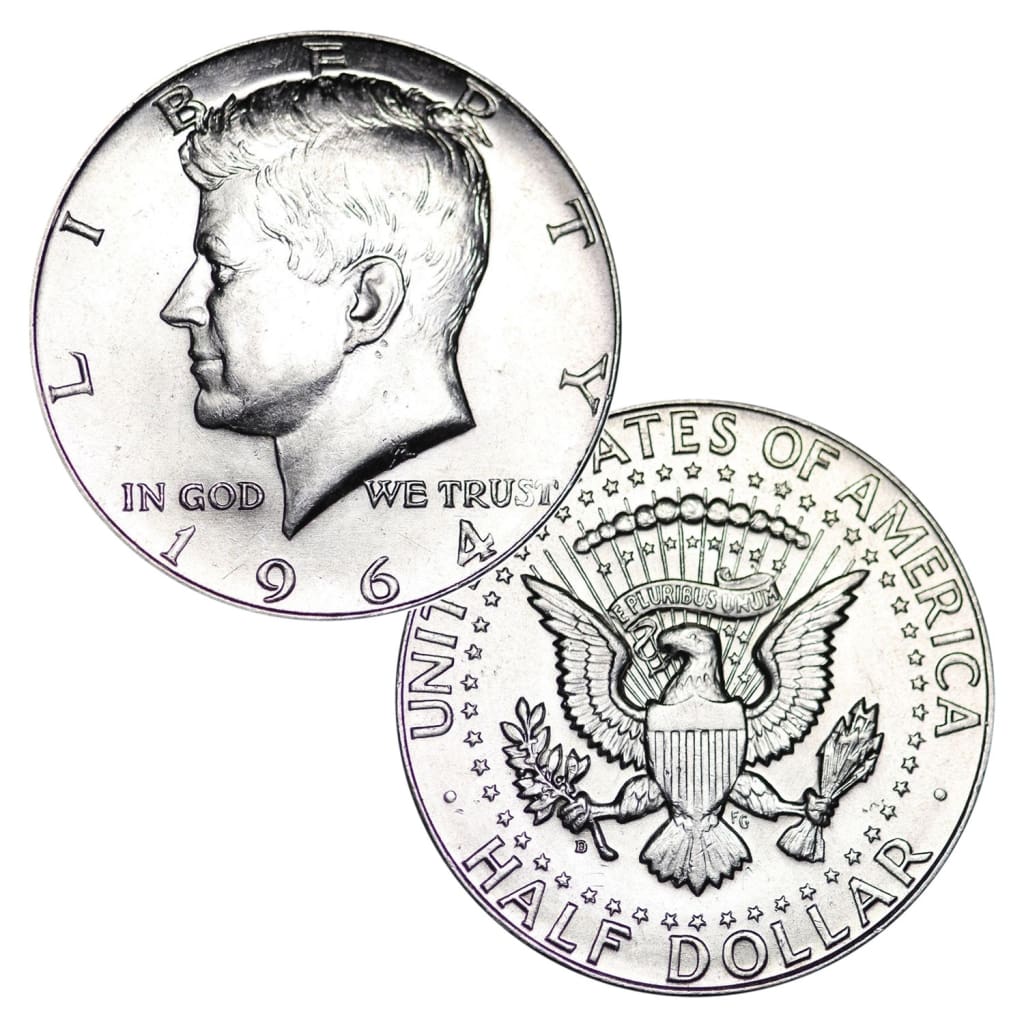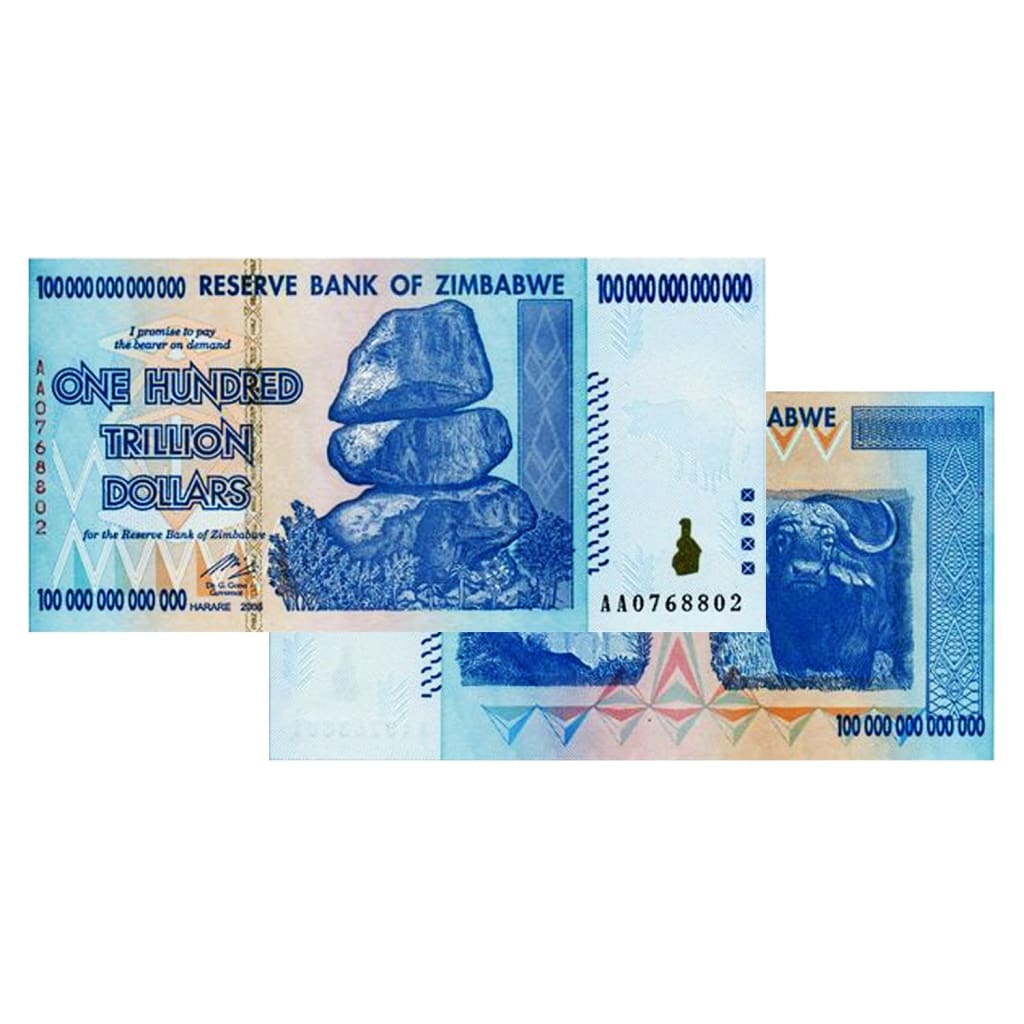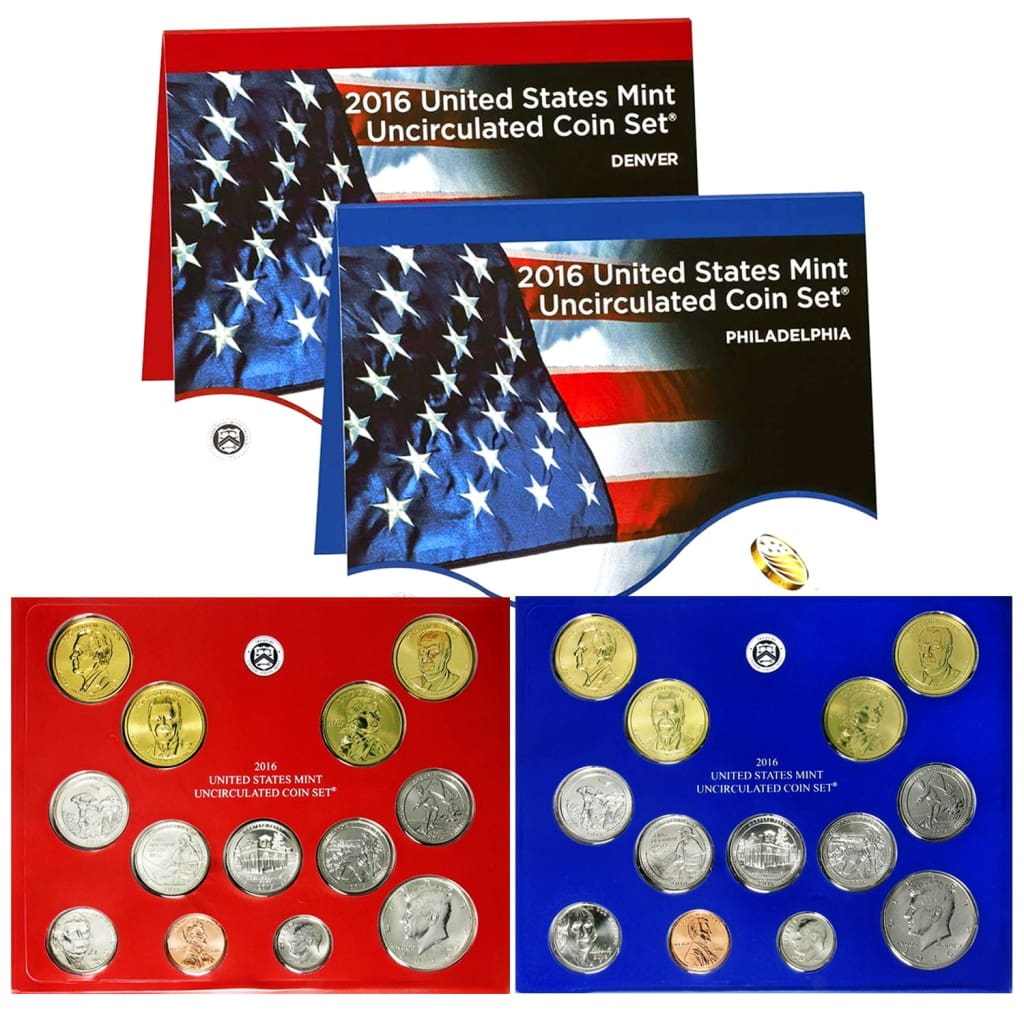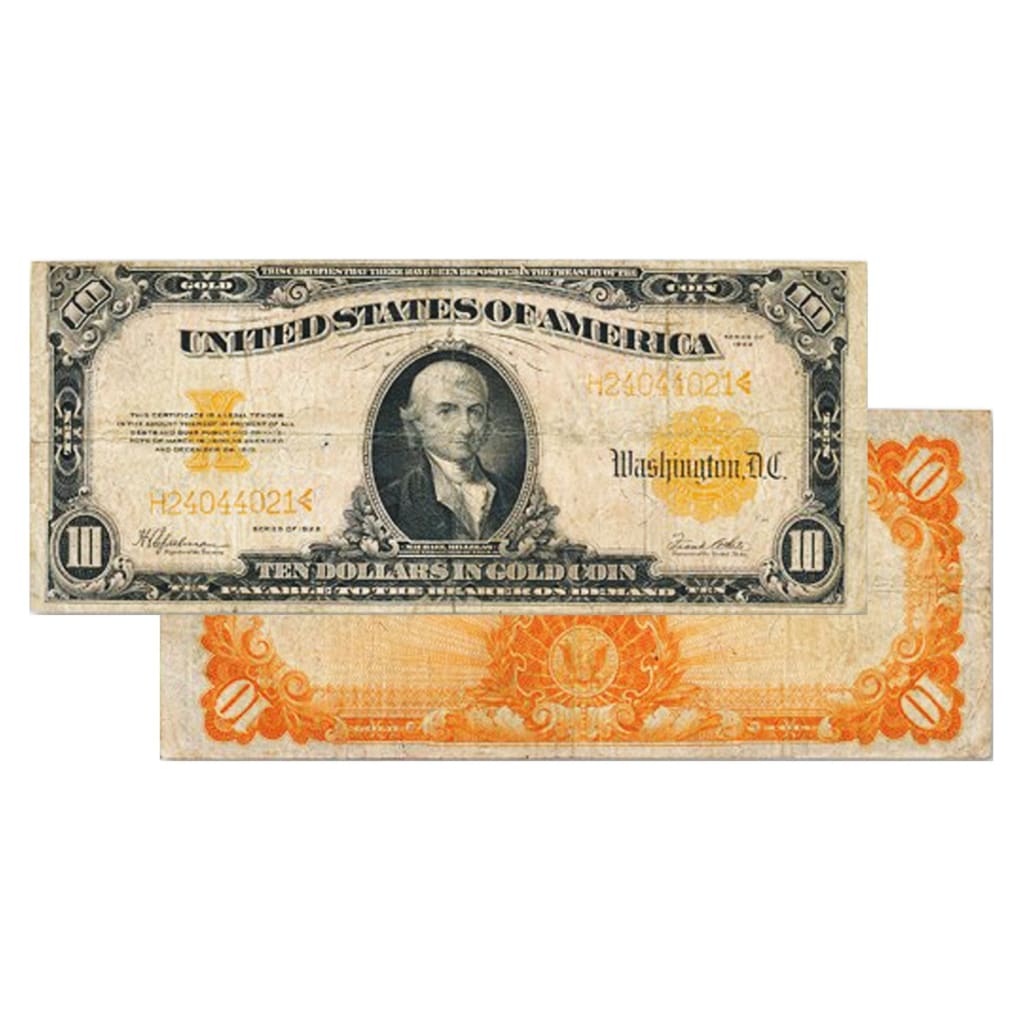You know how when you were a kid, you’d spend Sunday mornings with your mom running errands? Once in awhile you’d probably hit a department store or a jewelry store. You might have looked in department stores for the “diamonds” that were affordable, or the real jewelry stores for the diamonds worth admiring. And when you’re young, most diamonds look the same – expensive or cheap, it was hard to tell the difference.
Here at Great American Coin Company, we sell natural gemstones and other small, collectible items. But we also know the difference between real and fake diamonds.
In order to test if a diamond is fake, you may know of the scratch test. Today we’re going to forget that. It’s no longer foolproof. Here are 7 good and super simple ways to spot if your diamond is fake.
Mount Test
Most diamonds are not mounted in cheap rings. If you’ve got a really cheap looking ring, the stone is probably fake.
The Fog Test
Blow on your diamond like you would a mirror. A real diamond won’t fog. A fake diamond will!
Reflection Test
Diamonds that reflect a colorful rainbow against the light might look nice, but they’re fake! Real diamonds only reflect in different shades of gray.
Weight Test
Cubic Zirconia is very visually similar to diamond, which is why it’s often used in fake items. You’ll know your diamond is fake if it’s about 50% heavier than a real one of the same size.
Heat Probe Test
If your diamond is real, a heat probe should have no effect on it. Real diamonds distribute heat very quickly.
Dot Test
Take a plain piece of computer paper and draw a little dot on it with a pen. Then, put the diamond face down on the dot. If your diamond is in fact Cubic Zirconia, you’ll be able to see the dot very clearly. If you have a real diamond, the dot will appear very broken up. You’ll barely be able to see it.
The “Too Good To Be True” Test
Simply put, if you’re looking into buying a diamond that’s far too cheap for it’s size, it’s probably fake. If the diamond you have is far too perfect – as in absolutely no flaws or imperfections, it’s probably fake. You can look for imperfections with a loupe, which is a very small magnification glass.
Photo credit: Farrukh
Gary Dyner is the owner of Great American Coin Company. Connect with him on Google+.





